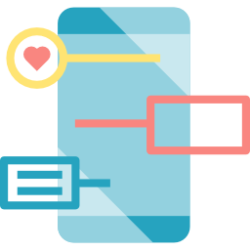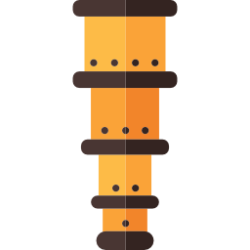The Visupedia Project

Why?
Help web publishers visualize concepts.
How?
A repository and a service. The repository is a constantly expanding visual Wikipedia, where user upload their images (photos, infographics, videos, etc.) that explain or demonstrate concepts visually. Website publishers can use the service. All they have to do is include a simple code on their site, and every word that can be visually enhanced gets linked to the right visual aid. The user just has to hover over the word to see the visual.
Popular Wisdoms and Their Opposites

Why?
Get the whole picture before deciding to act on these.
How?
Publish popular wisdom and their opposites, both sides preferably also backed by research and science. The main objective is to give the reader a more complete picture, so they don’t decide just based on something that just “feels” right, without checking.
Get an Army of Passionate Buyers While Still Writing Your Book

Why?
- Every new chapter will bring most of the old buyers back and many new buyers.
- Significantly improve your book’s market fit and magnetism.
How?
Have an outline of the book and write the first one or two chapters. Make sure that the chapter has real value to the reader and can stand on its own. If it’s just an overview (non-fiction), or it takes more than one chapter to get the reader immersed, this will not work. Readers have to get actual value from it.
Advertise (to the right target audience) and sell this chapter for a very low price ($1). The objective is not to make money but to get the seed of people who are willing buyers. In your ads, you can communicate this as an experiment, and explain why it’s special.
Why is it special?
1. Everyone who bought the first chapter will now be a part of the editorial process for the rest of the book.
2. You will consult with them and get their feedback. They’ll get an outline of the next chapter, plans for the cover (towards the end), etc. This will make them feel good, and you will get help in tailoring the rest of the book even better to the target audience.
3. They’ll have a chance to invite others to buy the next chapter published (with the first of course, for $2.) This chapter has their input already in it, so they are motivated to spread the word.
4. They will also have an online editorial wall, where they will be listed. When someone they invite buys the next chapter (with all the others published before), their status and position will increase on the online editorial wall.
5. When the book is finished, they’ll have a chance to sell it and make a commission. By that time many have already invested so much time, it’s like selling their own book.
You repeat this for each chapter until you finish Make sure you make each chapter have its own value independent of any future ones, but make sure there is always a cliffhanger, giving them reasons to buy the next chapter.
By the time you finish this book, not only will you already have sold many copies, but you will also have an army of readers that will be ready for your next book.
Learn From the New Geniuses

Why?
Most people have a disdain to younger generations. The future is largely going to be defined by them. It’s worth following, listening, watching and reading what their brightest have to say.
How?
A website dedicated to curated or original content from the younger generations. The editors scout and publish the top of the crop, as well as inviting some to write specifically for the website.
Publication Trail Based on Time

Why?
See the timeline of a news story, who published it first, and who got it from whom.
How?
Scan all the leading news publications online and identify the same news stories in all of them. Then build a timeline based on when they were published using both the date stamp of the publication if available, and the discovery time stamp. This will enable us in the long run, to establish online influence patterns.
